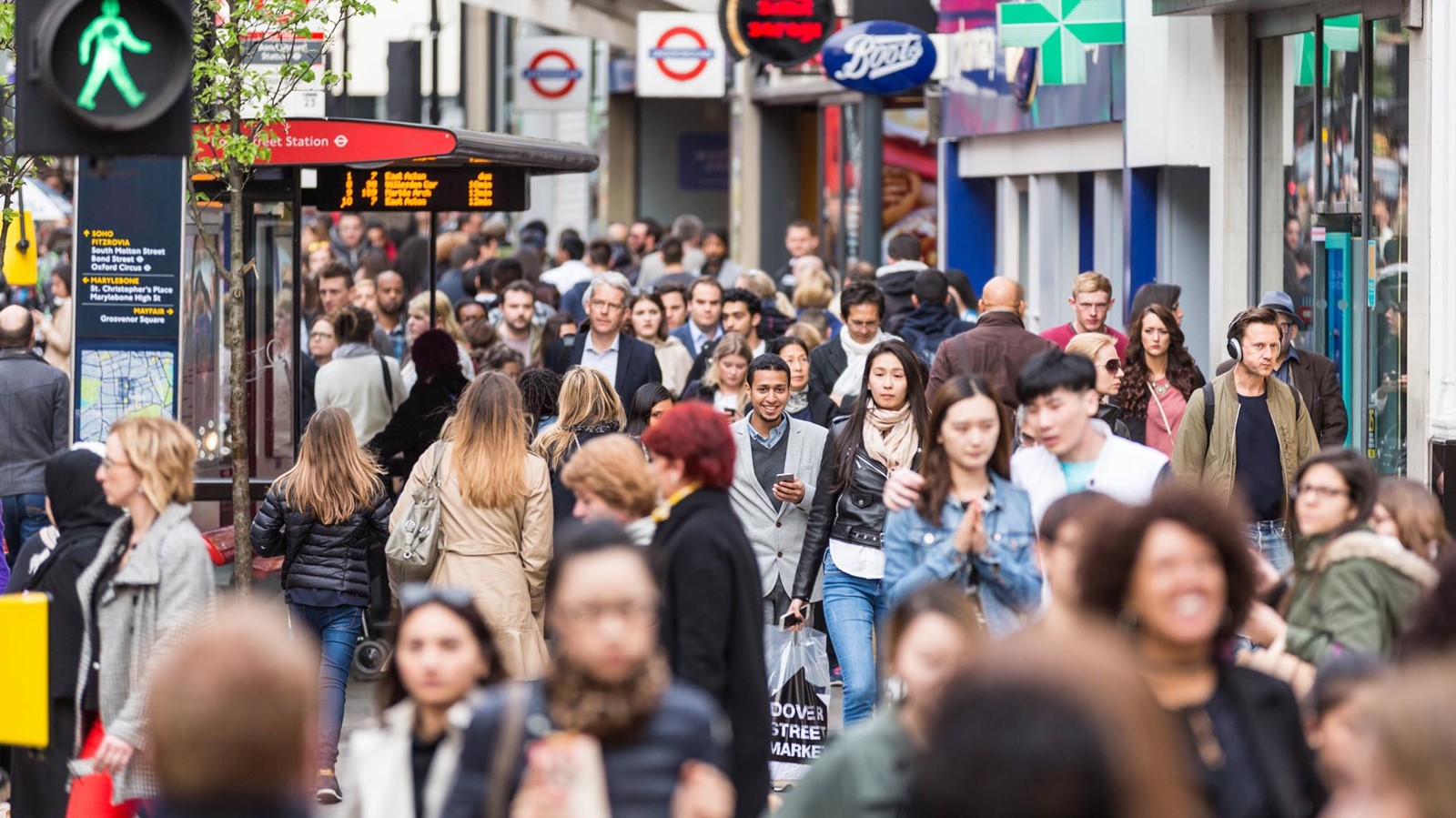We need to open up conversations about self-harm and not let myths and stereotypes shut down opportunities to help, says a BACP member.
The typical stereotype many people will think of when it comes to self-harm is of a teenage girl who has been cutting herself to try to get attention.
But psychotherapist Jeanine Connor is keen to stress that self-harm can affect any gender, age or culture – and it’s far from straight-forward to understand.
And as today (March 1) is self-injury awareness day, she has spoken to us to clear up some of the common misconceptions about self-harming.
“There are lots of assumptions and stereotypes when it comes to self-harm. It’s far more complex than these simplistic stereotypes suggest,” said Jeanine, a child and adolescent psychotherapist, who is also editor of BACP’s CYPF journal.
“We need to be very aware of these ideas and assumptions that might close down conversations about self-harm. We need to open up the conversation, so people get the support they need.”
Self-harm doesn’t just affect girls
“Historically it was more likely that girls self-harmed, or at least it was noticed more in girls than boys.
“People have this idea that girls are more likely to self-harm, and that can mean that boys are overlooked,” she said.
This is a clear example of how the myths surrounding self-harm can be unhelpful in terms of encouraging people to open up about it.
“Parents are less likely to have alarm bells ringing for boys. Boys are less likely to come forward. One of the reasons could be that there is this idea that girls do it. Boys feel there is added sense of stigma or are embarrassed about it,” said Jeanine.
Don’t dismiss it as attention-seeking
All too often self-harm is dismissed as attention-seeking or as teenagers ‘acting out’.
“I hear that every day from parents, carers, school staff, that the people are just after attention. It’s very derogatory,” said Jeanine
“Yes – in some way it’s to get attention. But what can we do about it? We need to open up that conversation and not shut it down.”
Jeanine stressed the importance of getting down to the root issues and underlying causes of the self-harm and not just branding it as ‘attention-seeking’.
And it’s important not to forget that many people go to great lengths to conceal the physical harm they are subjecting themselves too – the opposite of seeking attention.
It’s not just a phase
The idea that someone will ‘grow out of’ a period of self-harm is another myth that shuts down the conversations that need to be had.
“It’s another way of convincing us that we do not need to think about it,” said Jeanine.
“That’s why these myths or misconceptions are not helpful. We can’t make assumptions or judgements, otherwise we will miss what is really the concern.”
It’s not a sign of suicidal intent
Self-harm is often a way of coping with difficult feelings, it’s not an indication that the person wants to die.
“My experience is that it’s actually a way to stay alive, it’s a coping strategy. It’s an expression of distress rather than suicidal intent,” said Jeanine.
Open up conversations
There are many other myths about suicide to be quashed – from the idea that self-harm refers to someone cutting themselves to the myth that people are only doing it because they’ve seen pictures online or because it’s ‘trendy’.
But the key point that Jeanine wants to make is that we shouldn’t let these judgements interfere with how we try to help someone who is self-harming.
Whether we are counsellors, parents, teachers or friends, we have to open conversations up, not close them down because we’re swayed by stereotypes.
We need to understand each person’s individual situation and ask them questions, she said.
Allowing them the opportunity to express themselves, to put words to their pain and tell their own individual true story is the way to make a difference.
If you want to seek advice or help about mental health issues you can find a BACP counsellor or psychotherapist via the BACP’s Therapist Directory.
